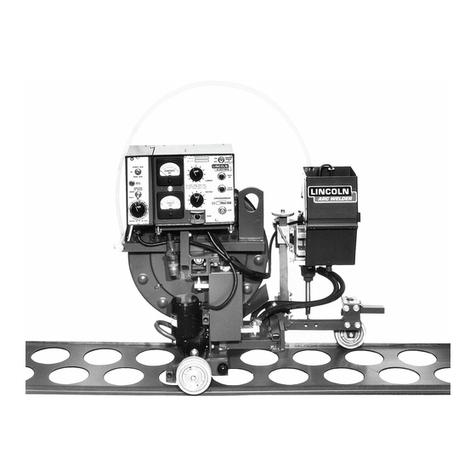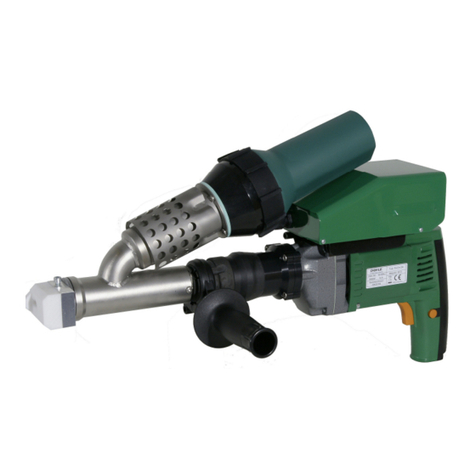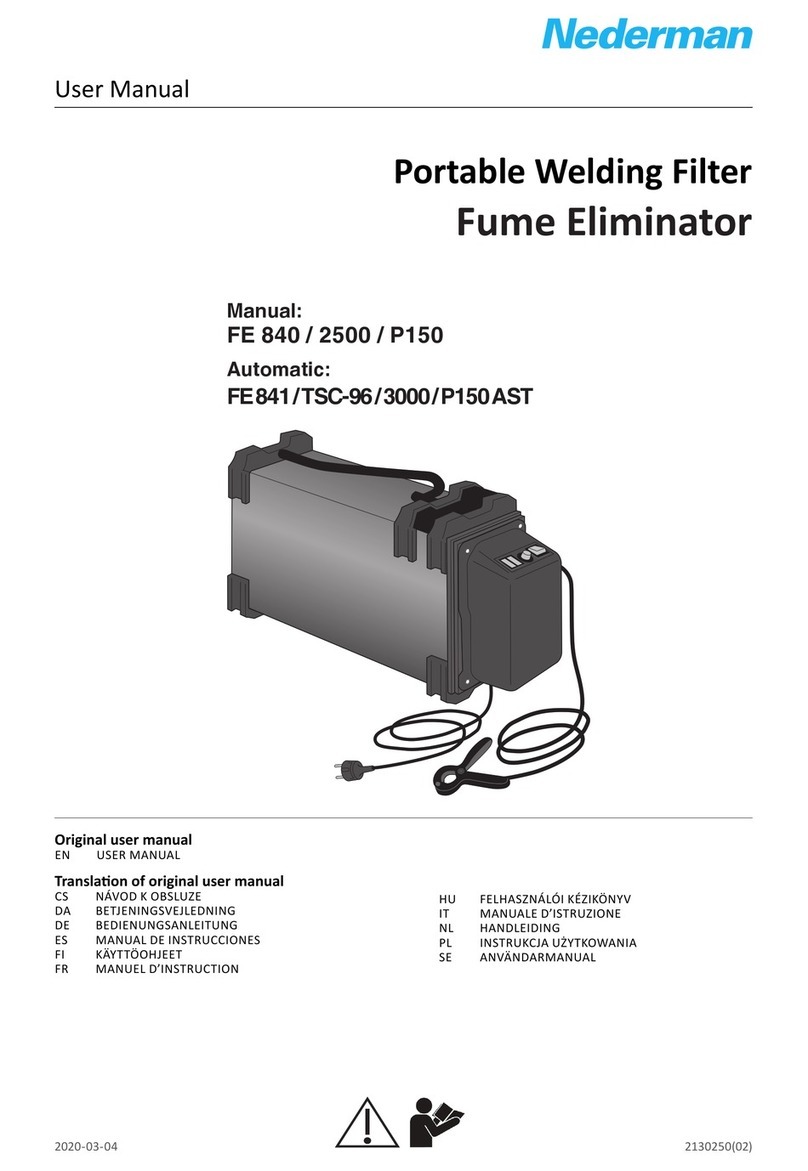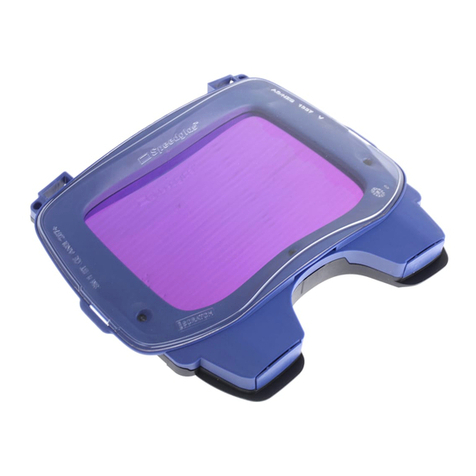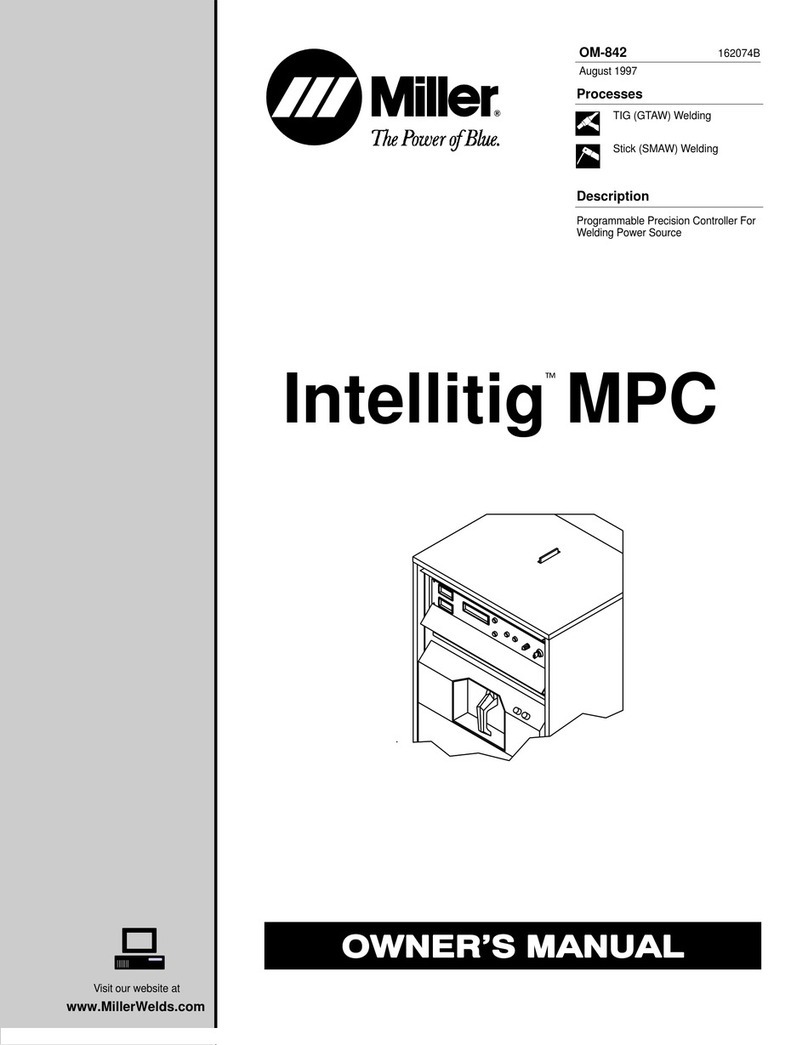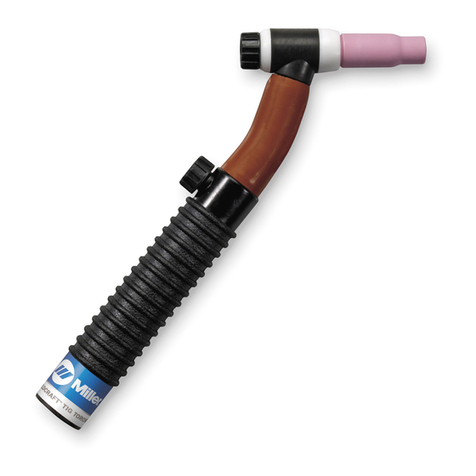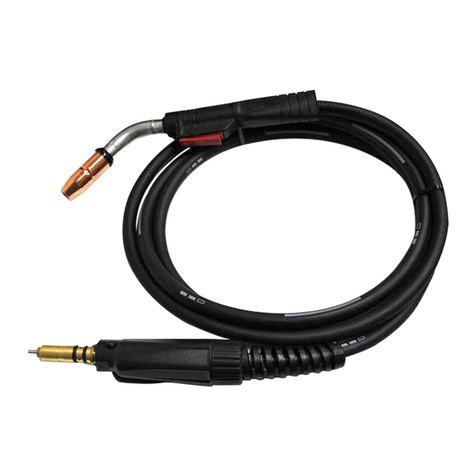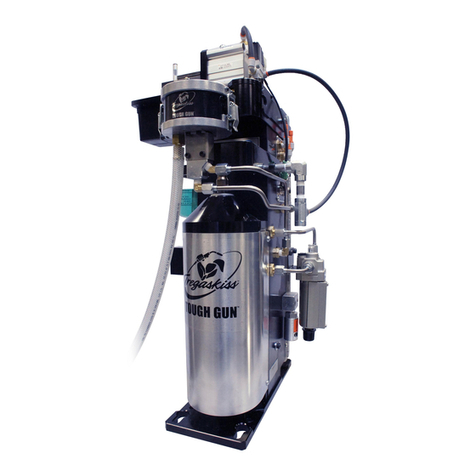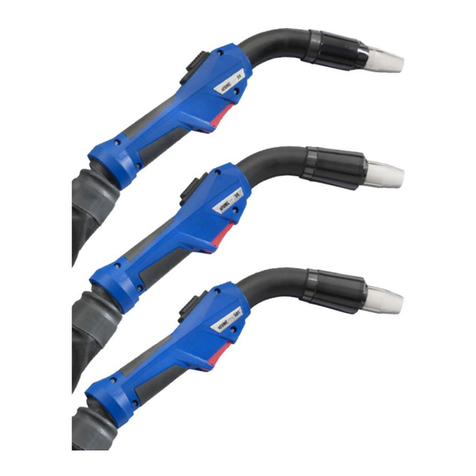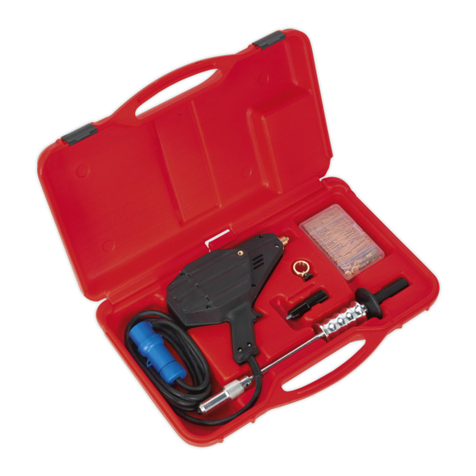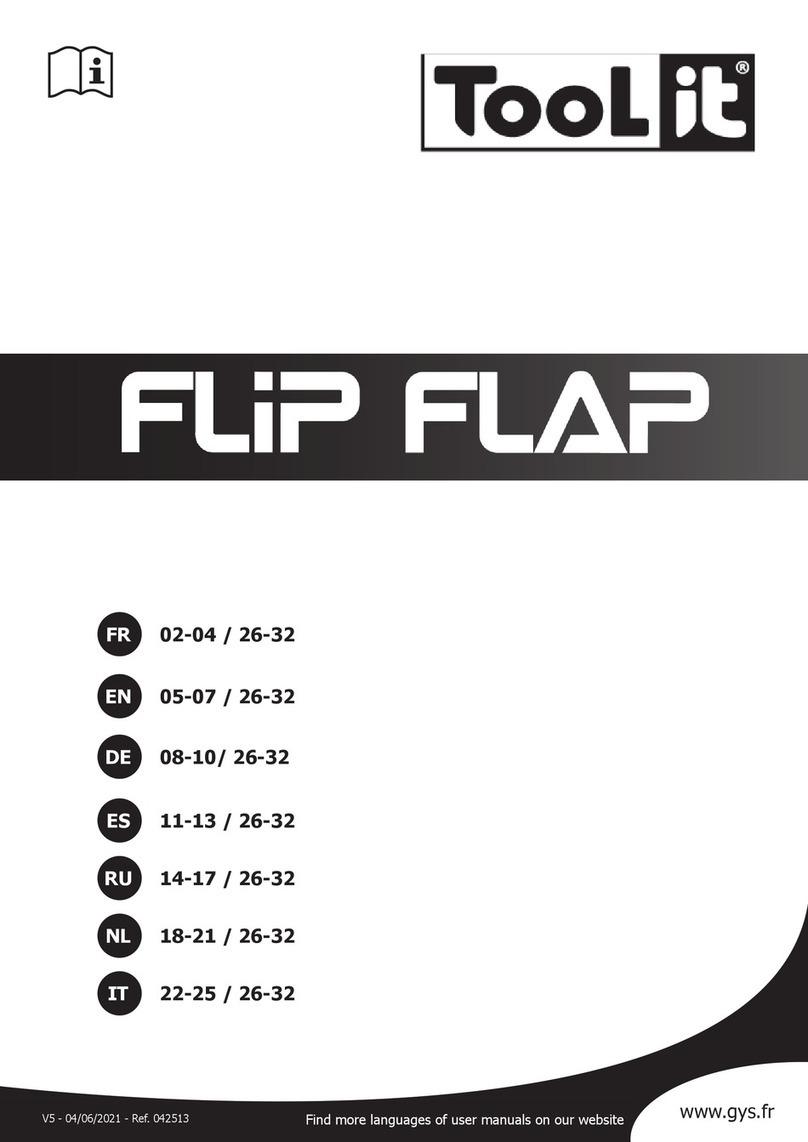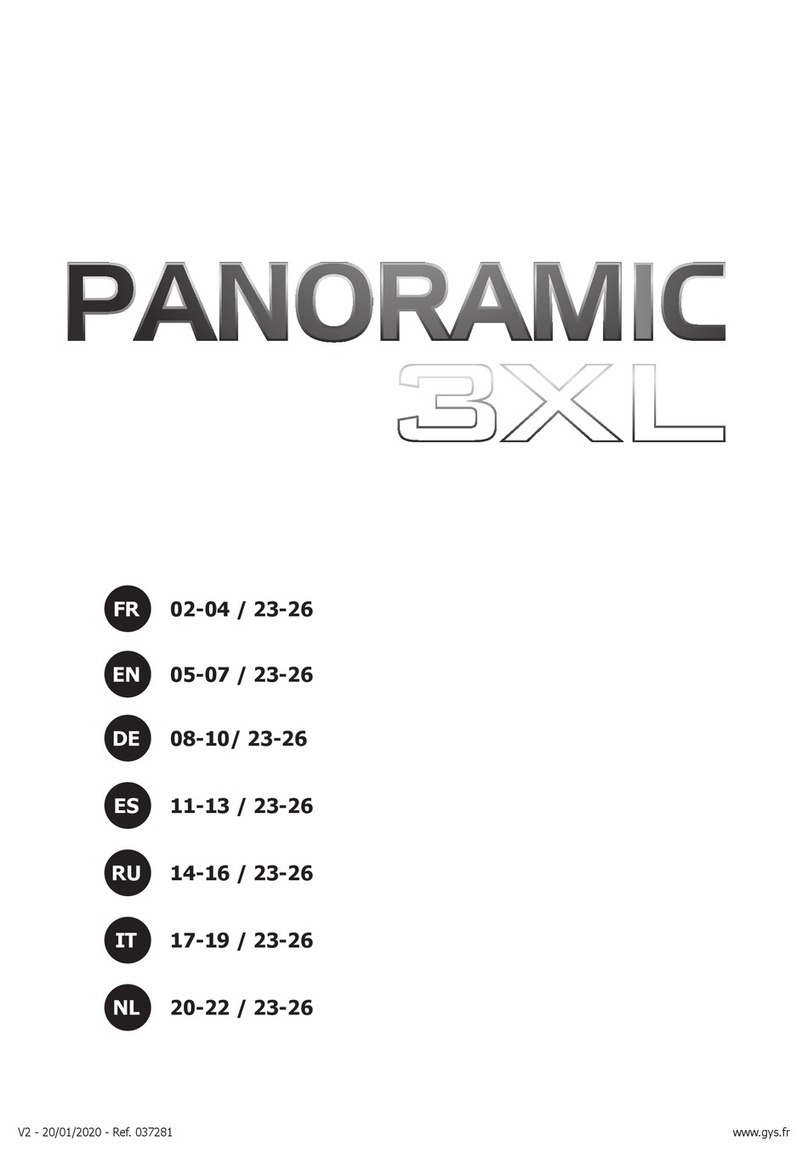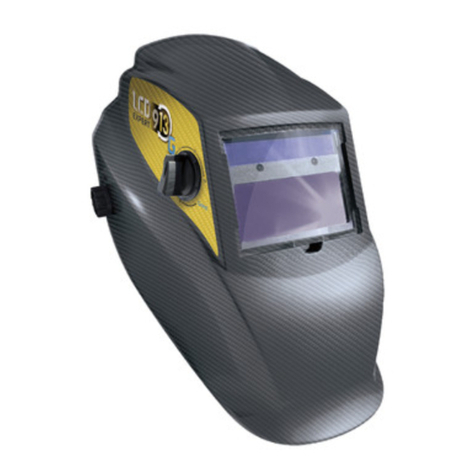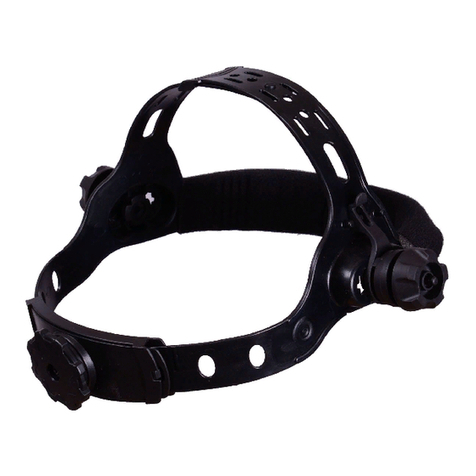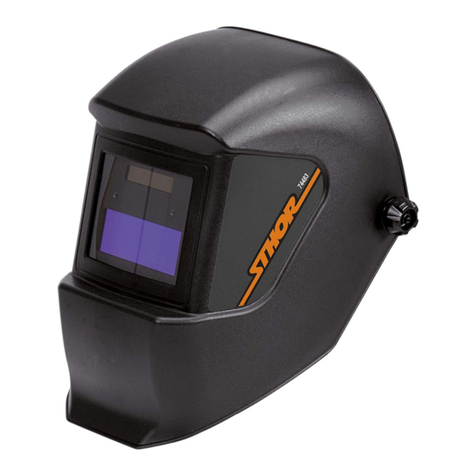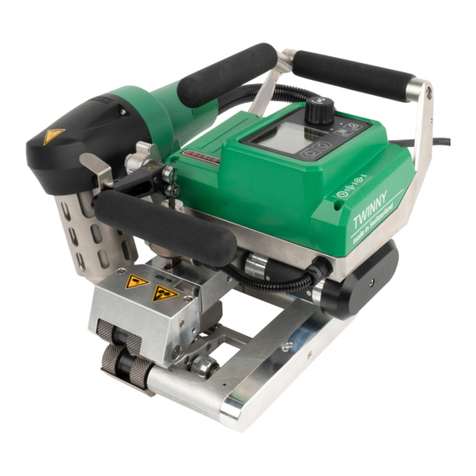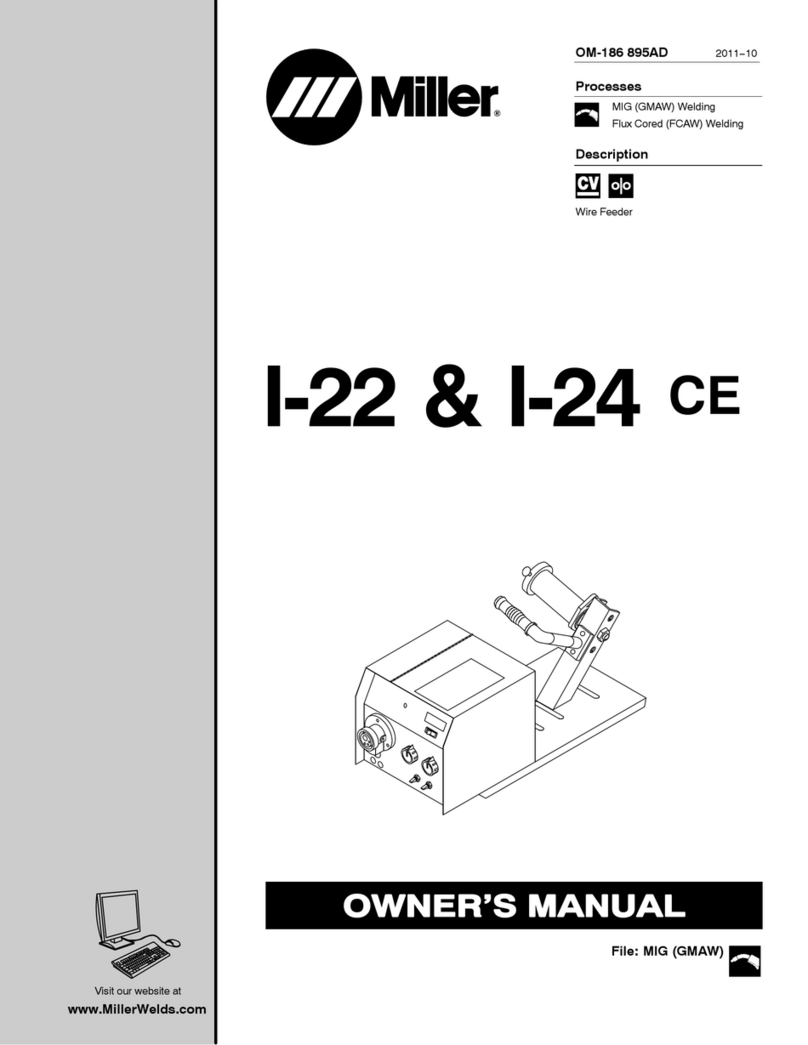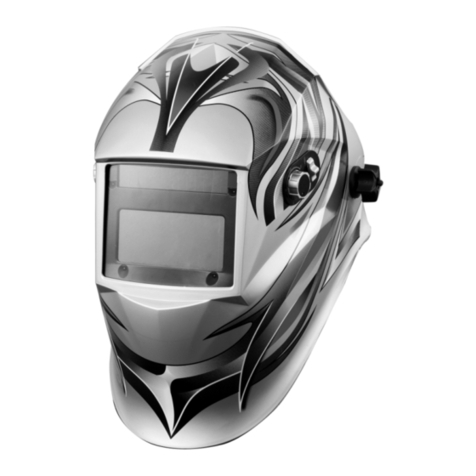
3
1
32
ENTRETIEN / MAINTENANCE
• Date / Délai de péremption : Pas de date de péremption pour ce produit mais avant chaque utilisation l’état de votre masque APOLLO doit être vérié.
• Le masque APOLLO ne doit pas chuter au sol.
• Ne pas placer d’objets lourds ou d’outils sur ou dans le masque an de ne pas endommager le ltre ou les écrans de garde.
• La détérioration du ltre optoélectronique ou de son écran de garde réduit la vision et le niveau de protection. Remplacez immédiatement les éléments détériorés.
• N’utilisez aucun outil pour enlever des éléments du masque ou du ltre, ceci pouvant entraîner des dommages pouvant provoquer des blessures ou annuler la garantie.
• Nettoyer le ltre Opto-électronique avec un coton propre ou un chiffon spécial pour objectifs.
• Nettoyer et changer régulièrement les écrans de garde.
• Nettoyer l’intérieur et l’extérieur du masque avec un détergent-désinfectant neutre.
• N’utilisez pas de solvant.
REMPLACEMENT DE L’ ÉCRAN DE GARDE EXTÉRIEUR
2
3
A
1
L’écran de garde extérieur (2) est extractible en plaçant un doigt
sous l’écran sur le point (A) du masque (1).
Lors du changement d’écran, penser à retirer , au préalable, le lm
protecteur (3). Ce lm ne peut être enlevé quand l’écran de garde
est déjà en position dans le masque.
REMPLACEMENT DE L’ ÉCRAN DE GARDE INTÉRIEUR (10)
Pour changer l’écran de garde intérieur (10) , faîtes le glisser, vers le
bas, en placant le doigt sur le point (A.)
Lors du changement, penser à retirer , au préalable, le lm
protecteur (11)
REMPLACEMENT DES PILES
Le ltre opto-électronique utilise 2 piles de 3V au lithium (CR2450). Lorsque le voyant rouge «Alarme faible charge» (5) s’allume, vous devez procéder au changement des 2 piles.
Suivre les instructions ci-dessous pour le changement de piles :
- Retirer la cellule du masque.
- Tirer sur les cache-pile situés en bas de la cellule.
- Replacer la nouvelle pile dans son logement . La polarité « +» doit rester visible.
- Replacer le cache-pile.
- Procéder à la même opération pour la seconde pile.
- Une fois les piles remplacées, le voyant «Alarme faible charge» (5) doit rester éteint.
- Il est conseillé de remplacer les deux piles, une fois par an.
AVERTISSEMENT :
- Recycler les piles lithium usagées. Les piles sont considérées en Europe comme déchets dangereux.
- Ne pas jeter dans la poubelle, à déposer uniquement dans les bacs de collecte pour piles usagées.
ATTENTION
• Cet équipement est destiné uniquement à la protection des yeux contre les rayonnements ultraviolet et infrarouge, les projections incandescentes et étincelles provoquées lors
des opérations de soudage et coupage.
• Le masque apollo n’est pas conçu pour vous protéger contre des chocs importants ou des impacts tels que, des fragments de disques abrasifs ou de disques de meulage, pierres
et autres outils de meulage, mécanismes explosifs ou liquides corrosifs … (liste non exhaustive). Une protection appropriée doit être utilisée lorsque ces dangers existent.
• Le bandeau du serre-tête peut éventuellement engendrer des allergies chez les personnes sensibles.
• Le ltre opto-électronique du masque apollo n’est pas étanche et ne fonctionnera pas correctement s’il a été en contact avec de l’eau.
• Les températures d’utilisation du ltre opto-électronique sont de -5°c à +55°c.
• Les températures de stockage du masque apollo sont de -20°c à +70°c.
ANOMALIES ET REMÈDES
Le Filtre optoélectronique ne fonctionne pas.
Activer la charge solaire en exposant la cellule à la lumière pendant 20 à 30 minutes – vérier
et changer les piles si nécessaire. (alarme faible charge)
Vérier que le potentiomètre est bien sur la position « soudage » (5-9 / 9/13)
Le ltre optoélectronique reste en teinte foncée quand il n’y a pas d’arc
ou quand l’arc est éteint
Vérier les détecteurs et nettoyer si nécessaire.
Ajuster la sensibilité en position basse. Si l’endroit de soudure est extrêmement lumineux, il
est recommandé de réduire le niveau de luminosité.
FR
